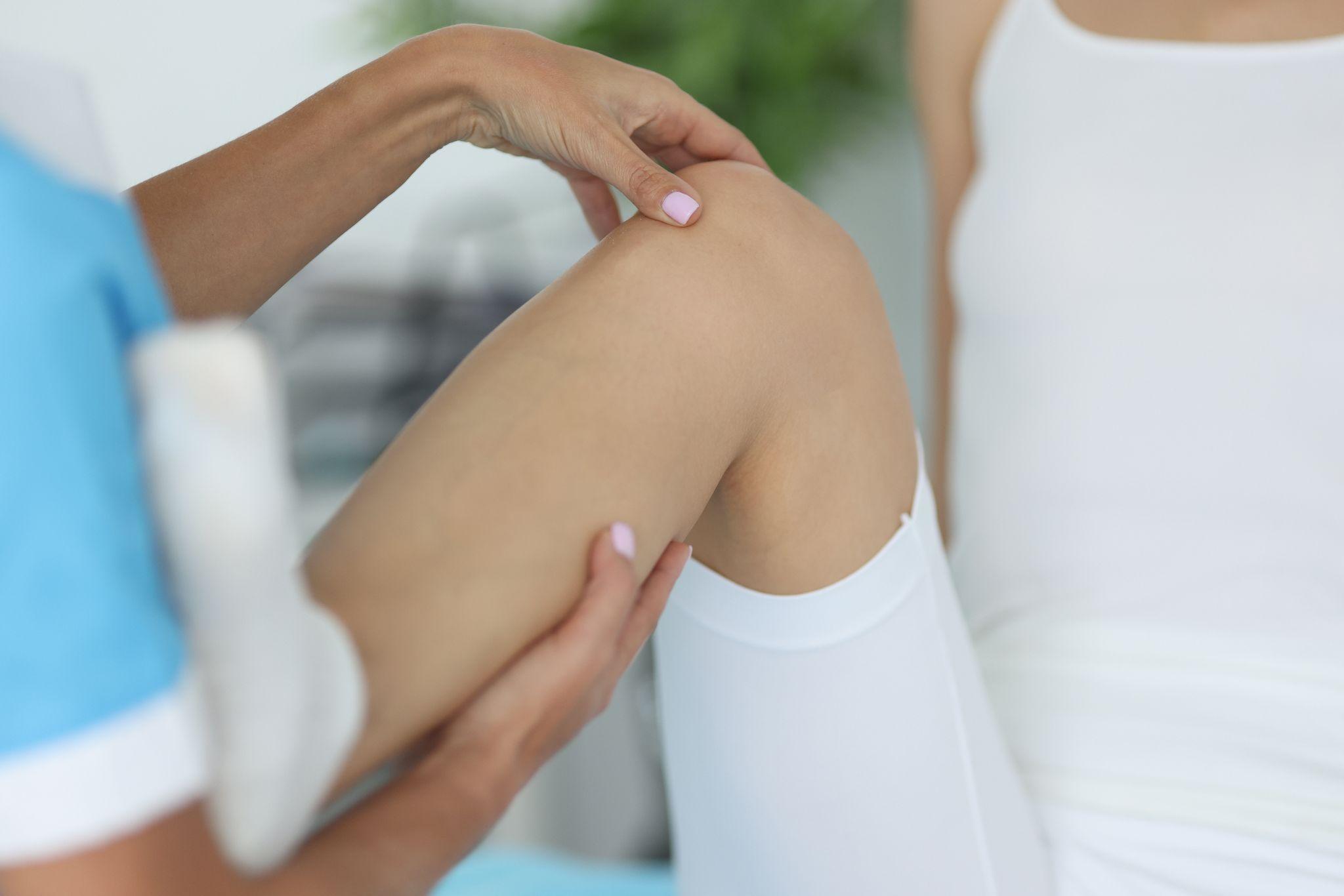
Winter is arguably one of the most beautiful seasons of the year. The white, fluffy blanket of snow and shimmering icicles that hang from the roofs are scenic. Winter, however, comes with its share of discomfort and hazards. Such a cold season may often tempt you to hibernate until spring, but don't despair. You can string ski, skate, and engage in any other winter sport safely while preventing injury.
The wet ice and snow build-up are just a few culprits that cause winter incidents, such as ACL injury.
ACL Injury
ACL is an acronym for Anterior Cruciate Ligament. The ACL is the strong stripe of tissue that links your femur (thigh bone) to your tibia (shinbone). An ACL injury usually means that there is a tear on the ACL. A sudden change in a direction mainly causes this tear, twisting your knee, or poor landing during sports such as downhill skiing or skating.
This injury occurs when you put your weight back instead of forward when landing, which should be the case. When the ACL tears, you may hear a pop or sense a popping feeling in the knee.
ACL Injury Complications
During an ACL injury, the knee may swell, feel unsteady, and become incredibly painful to carry your weight. People who get an ACL injury are at a higher risk of contracting osteoarthritis in the knee. They may later have arthritis even after having surgery to restore the ligament.
Numerous factors are likely to affect the risk of contracting arthritis. These factors include;
ACL Injury Prevention
Even with the high risk of injury during the winter months, AmeriCare has come up with some fantastic winter injury prevention advice to keep you safe throughout this and many winters to come.
Continue reading to learn how AmeriCare can help with ACL injury prevention during winter sports such as skiing and snowboarding.
You should get your ski gear tuned and waxed to ensure that everything functions appropriately. Ensure the DIN settings are suitable for your weight, age, and proficiency level.
The DIN setting controls the amount of force required for a ski binding to discharge to keep the skier from injury. Investing in comfortable footwear, knee braces, and padding for your winter sport can help prevent damage.
Warming up and stretching before embarking on your winter sports can do a lot in preparing the body for exercise. Warming up is essential, particularly in cold weather, as it primes your tendons and muscles for action, reducing the likelihood of injury.
Staying hydrated during the sporting activity ensures that your energy stays consistent. Also, make sure to rest when tired, to give your body, muscles, and tendons time to relax and energize.
It is vital to know the layout of your surroundings to avoid dangerous areas, and it also allows you to plan and learn to maneuver through the space easily. Before starting the descent, you could scout your slopes to prepare for comfortable and safe jumps or turns. Hopefully, these winter injury prevention tips and guidelines will keep you from getting common injuries like ACL tears. Should you, unfortunately, sustain an injury; the experts at AmeriCare Physical Therapy will help you get back on your feet and the ice.